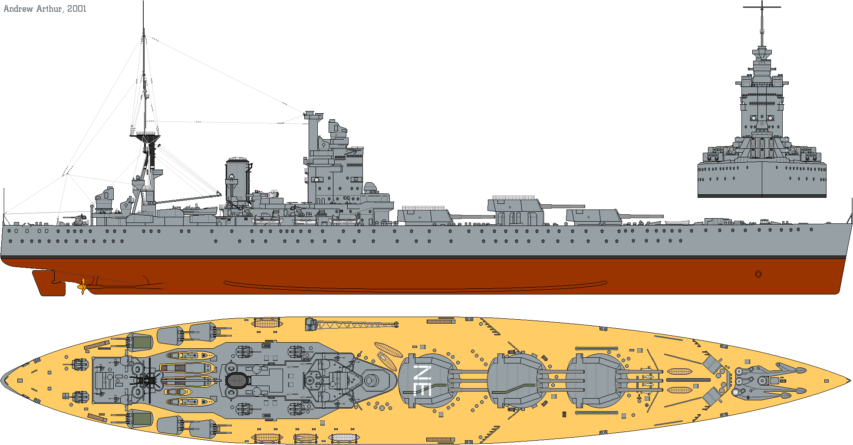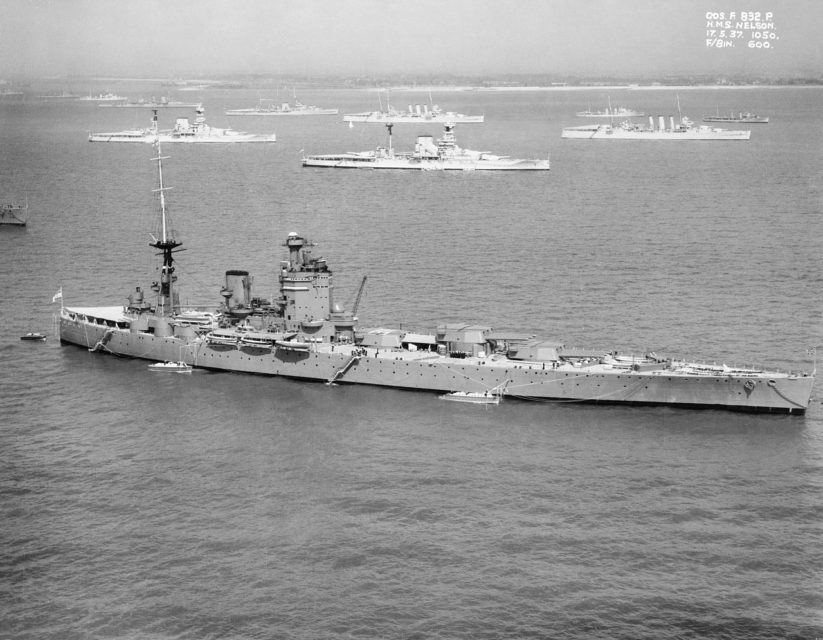In the Washington Examiner, Tim Worstall explains how and why Africans will benefit from adopting western agricultural methods:
No doubt much to the annoyance of the real farming types, Africa is starting to adopt American industrial farming practices. Thankfully, this is going to make Africa and its residents vastly richer. Tyson (that enemy of everything the organic and slow-food movements hold dear) is working and investing to bring the U.S. system of broiler chicken production to the world’s poorest continent, thereby making it less poor.
[…]
To an economist, everything is a technology. A supermarket is a technology, a mobile phone system, medieval peasantry is a technology, and so is battery farming of broiler hens. A technology is a method of doing something and battery farming is a more advanced, because it’s more productive, technology than the medieval techniques. Most of Africa would be overjoyed to have something as productive as that peasantry our own forefathers suffered through.
Places and people are poor because they use older and less productive technologies. As Paul Krugman’s possibly finest essay points out (and his finest is very good indeed), when a place is using technologies as productive as a richer place, then those users are as rich. That’s just the definition: We’re richer if we get more output from our input of labor. Adopt technologies that are more productive, and we become richer.
The reason places like Africa are poor is not because of capitalism, exploitation, the residues of colonialization, or even the long, dark shadow of the slave trade. Nor is it poor even because of idiotic socialism or the propensity of politicians to run off with the national treasury. You can blame any selection of those as you wish, and with some of them you’d even be right, but they are all proximate causes. The ultimate reason is simply that poor places are using less productive technologies, richer ones more productive. All of those varied things can be blamed for reducing the use of more advanced technologies, but it is the lack of technological advance itself that causes the poverty.





